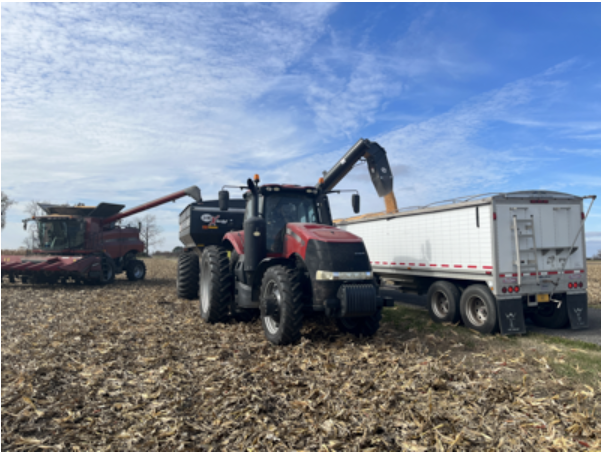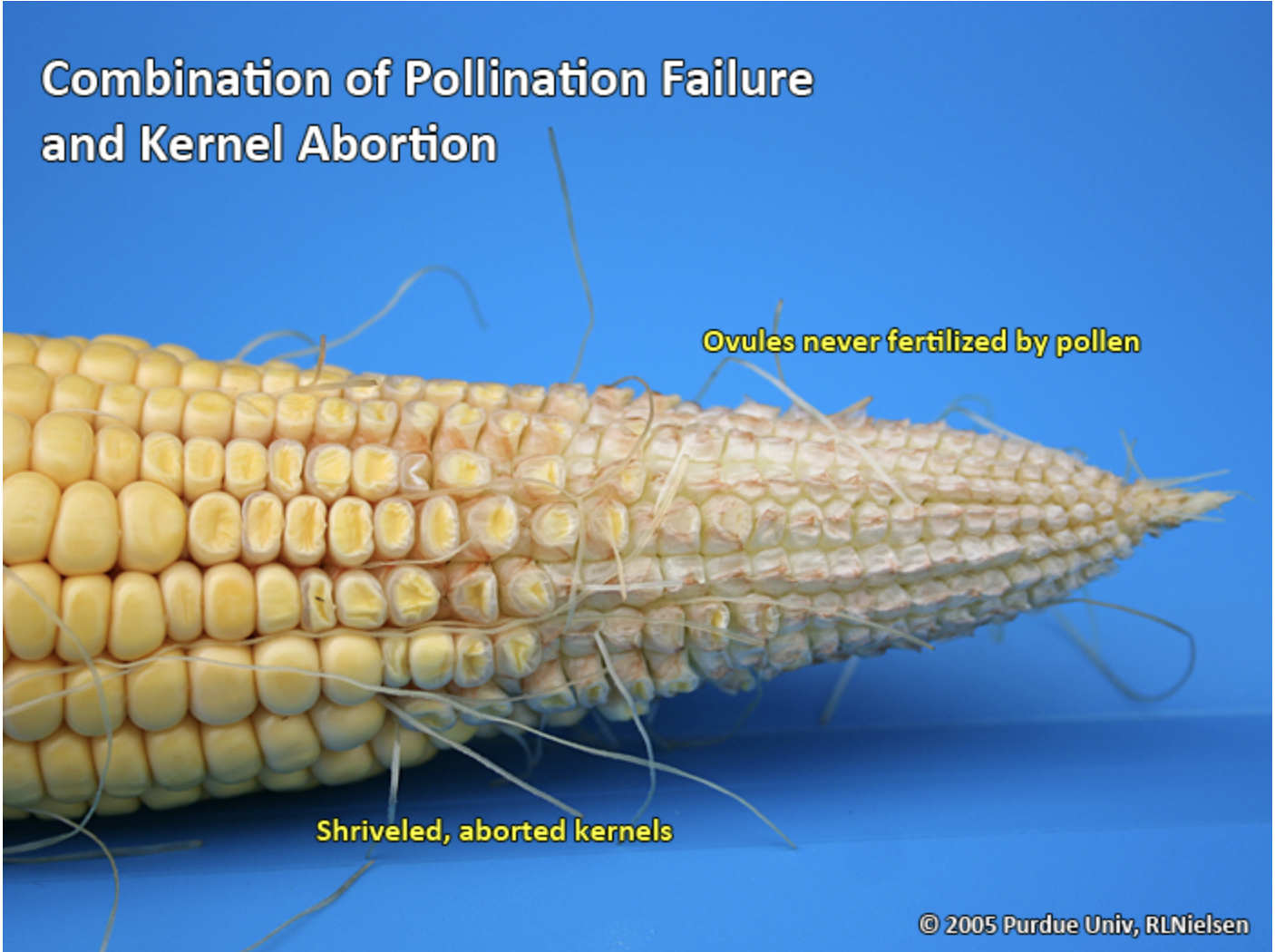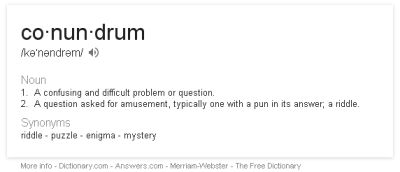
Corn grain is composed of dry matter (the important stuff) plus a certain amount of water. In other words, some of the “grain” weight that farmers sell to the grain buyer is actually water, not dry matter.


Corn grain is composed of dry matter (the important stuff) plus a certain amount of water. In other words, some of the “grain” weight that farmers sell to the grain buyer is actually water, not dry matter.

Yield potential in corn is influenced at several stages of growth and development.

The post-pollination scuttlebutt overheard in coffee shops throughout Indiana during mid- to late summer often revolves around the potential for severe stress that might reduce kernel set or kernel size in neighborhood cornfields.

The number of 30-, 40-, and 60-ft wide (or larger) field crop planters across the U.S. Midwest is greater today than 30 years ago.

Field corn in Indiana typically enters the critical flowering stages of pollen shed and silk emergence sometime between late June to late July.

The consequences of flooding, ponding, and saturated soils on young corn depend heavily on the duration of the stress and temperatures.

Corn is often harvested at grain moisture contents higher than the 15% moisture typically desired by grain buyers.
The early onset of unusually warm temperatures across much of the Corn Belt has farmers and markets alike questioning whether the yield potential of the 2024 corn crop is being compromised.

Conventional agronomic wisdom says that the prime planting “window” to maximize corn yields in much of Indiana opens about April 20 and closes about May 10. This “window” typically opens about one week later across the northern tier of Indiana counties (later warmup) and about one week earlier across the southern tier of Indiana counties (earlier warmup).

Historical trends in grain yield and the prospect of using them to predict future grain yields are of interest to a wide range of folks involved with row crop agriculture, from farmers to global grain marketing specialists.
© 2025 Purdue University | An equal access/equal opportunity university | Copyright Complaints | Maintained by Pest&Crop newsletter
If you have trouble accessing this page because of a disability, please contact Pest&Crop newsletter at luck@purdue.edu.